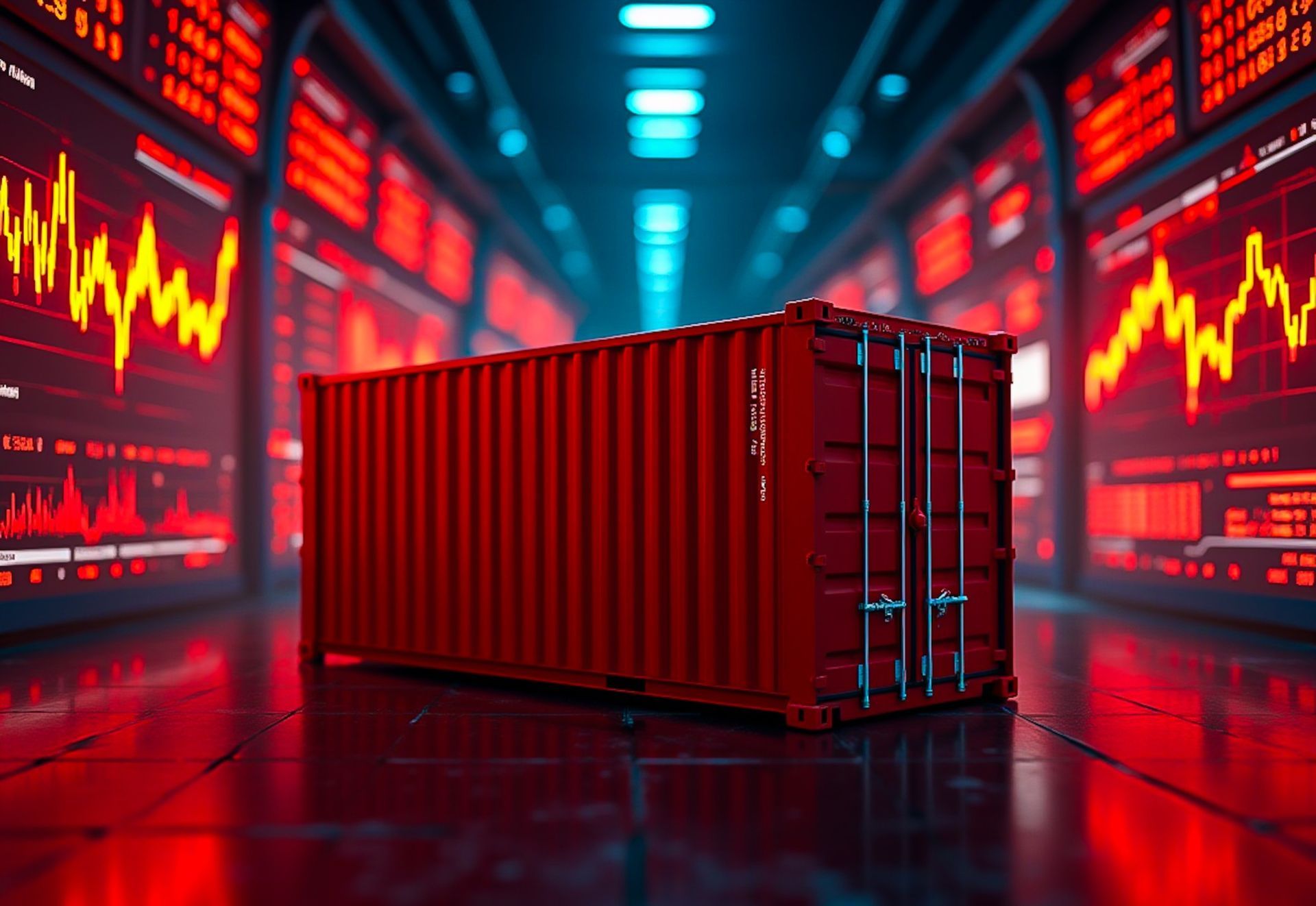Freight Forecast for the second half of 2025
Share this Article:

As 2025 progresses, the freight industry continues to adapt to a shifting economic, political, and regulatory environment. Here’s a detailed look at what lies ahead for trucking, ocean, air, and intermodal freight—and the key forces shaping freight movement for the remainder of the year.
Trucking: Recovery with Reservations
Trucking is showing modest signs of recovery after a soft 2024:
- Growth Outlook: Truck volumes are projected to grow by 1.6% in 2025, according to the American Trucking Associations, with long-term growth expected to reach 14 billion tons by 2035.
- Capacity Overhang: The sector faces lingering overcapacity—trucking capacity is up 18% since 2020. If current trends hold, normalization could take more than a decade.
- Trade and Economic Pressures: Manufacturing slowdowns and renewed trade tensions, especially with China, are keeping freight demand in check.
Ocean Freight: Disruption and Rebalancing
Geopolitical and environmental factors are reshaping ocean freight:
- Rerouted Trade: Ongoing instability in the Middle East is rerouting shipping lanes and increasing insurance costs.
- Environmental Compliance: Emission Control Areas like the Mediterranean are pushing carriers to adopt cleaner fuels—raising operational costs.
- Oversupply Risks: A surge in container ship orders could outpace demand, with capacity forecast to grow 46% by 2026, versus just 22% growth in cargo.
Air Freight: High Costs, Uncertain Demand
Air freight markets remain volatile:
- Cost Pressures: Rising geopolitical risks are elevating freight costs and premiums.
- Uneven Demand: E-commerce supports some stability, but broader economic concerns are dampening overall volume growth.
Intermodal & Rail: Infrastructure and Modal Shifts
Rail and intermodal are gaining traction:
- Bridge & Rail Expansion: Projects like the expansion of international bridges in Laredo, TX aim to relieve congestion and streamline cross-border trade.
- Rail Gains: Major logistics players are shifting freight from road to rail for improved sustainability and cost-effectiveness. BHP’s $1.5B rail deal to move copper is a prime example.
Global Trade & Supply Chains: Adjustments Ahead
Freight networks are evolving:
- Tariff Reintroductions: New U.S. tariffs and foreign retaliation are reshaping global trade routes.
- Diversified Sourcing: To mitigate risk, companies are investing in nearshoring and supply chain diversification.
Final Outlook: Strategy Over Speculation
The freight landscape for the rest of 2025 is anything but straightforward. Shippers and carriers will need to:
- Stay agile amid policy and rate changes
- Invest in greener and smarter logistics
- Reevaluate sourcing and routing decisions
Success in this environment won’t come from guessing the next disruption—but from building flexible, tech-enabled networks ready to absorb whatever’s next.
Share with Us:




